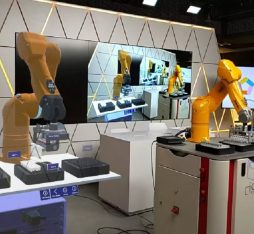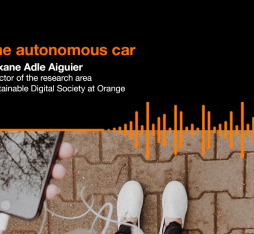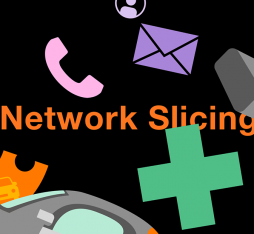"The advantage of 5G is illustrated in the ability to run software on the network instantaneously and latency-free for thousands of cars"
For over a decade, Orange has been at the forefront of research on connected mobility based on cellular networks. Thanks to its commitment to national and European collaborative projects, i.e. SCOOP, it has been possible to shape and sculpt the future of vehicular communications. This endeavour subsequently saw a shift in focus to 5G applications for connected vehicles, through the Towards 5G initiative, which was initially conducted in private partnership with Ericsson and PSA, and then under the European project 5GCar from 2017.
An automotive telecoms alliance for the connected car
5GCar consists of thirteen partners from the telecom world and the automotive industry, including equipment suppliers and manufacturers among others — all of whom are leaders in their respective fields. In short, with the involvement of academic researchers, the project aims to evaluate, test and demonstrate the potential of 5G to support future services and communications in terms of latency, resilience, scalability and even security.
In this context, and as a leader in the Architecture work package, Orange contributed in various ways. Orange employees Sylvain Allio, Research Engineer, and Cédric Seureau, Research Program Manager for the Interconnecting Attractive Territories project, explain how: “By leveraging the experience and resources from the Towards 5G initiative, we provided a theoretical background on vehicular communication architectures and supplied the project with a proven platform for testing hardware and software.”
Optimised and calibrated V2X network architecture
“The 5G network architecture designed and deployed by Orange and based on 3GPP [3rd Generation Partnership Project] Release 15, has been ‘boosted’ under 5GCar to support vehicular communications. Fourteen technical components have been designed around key areas for improvement such as end-to-end security of V2X communications, management and orchestration of network functions, and optimisation of edge computing technologies.” The software architecture chosen by Orange—adapted and reused throughout the project—will have been used in particular on two of the three use cases studied and demonstrated during the project.
An AI/5G fusion for smarter vehicles
The first use case relates to Lane Merging, i.e. the assisted merging of connected or autonomous vehicles onto a dual carriageway. While a mobility orchestration module is responsible for transmitting acceleration and braking instructions for merging safely, a smart camera system coupled with data fusion software is responsible for the early detection of other vehicles in the lane, including non-connected vehicles. Furthermore, given the extremely low latency of the 5G network, cars can execute commands in the shortest possible time, while its scalability can accommodate a significant number of communications in a given space — a motorway, in this case.
The second application focuses on the area of cooperative perception and, more specifically, on a high-safety component use sub-case. This involves sharing information collected by the radars and LiDAR (laser remote sensing equipment) of one vehicle with other nearby connected vehicles in order to detect and anticipate potential collisions at junctions. This data exchange is supported by a software architecture that integrates artificial intelligence modules, for example collision detection modules. “One of the biggest advantages of 5G is illustrated in these use cases, featuring software that can run instantaneously and latency-free on the network for thousands of cars.”
Next step: Open circuit
An onsite demonstration of the use cases explored as part of 5GCar took place on 30 June 2019 at the TEQMO Linas-Montlhéry test centre for autonomous and connected cars, of which Orange is a partner. After two years of study and preparation, the demonstration was a success and it established and enhanced the suitability of 5G V2X communications with a view to developing use cases on connected cars. This has enabled Orange, the only carrier involved in the 5GCar consortium, to improve and assert its expertise and leadership in V2X based on cellular technologies. However, 5GCar was simply one step, albeit a crucial one, on the path towards the future of connected/autonomous vehicles, which is now thriving as part of a new European innovation project. The applications demonstrated on a closed circuit are now being planned for an open setting and will be studied on a cross-border corridor, in real traffic conditions, under the 5GCroCo project, another European research project of which Orange is also a member. This means new use cases and challenges are being developed, including V2X communication roaming between different national networks.










